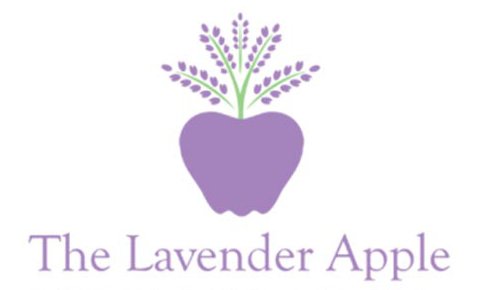Ingredients for the pie crust:
2 cups flour
1 tsp. salt
1 Tbs. sugar
2/3 cup shortening + 2 tbs.
8-10 Tbs. Cold water
Ingredients for the pie filling:
6-7 large apples
1/2 to 3/4 cup sugar
1/2 of the juice of a lemon
1 tsp cinnamon
1/4 tsp nutmeg
2 tbs flour
Peel and cut your apples into traditional wedges. Toss the apples with sugar (the amount of sugar depends of the tartness of the apples and how sweet you like your pie). Now toss in your lemon juice, cinnamon, nutmeg and flour and mix it all together. Set aside.
In a bowl add flour, sugar and salt. Cut in your shortening. To cut in shortening a pastry blender works the best. If you don't have one a few pulses in a food processor will do the trick. The flour mixture should resemble small peas. Add cold water and stir as little as possible to combine. Too much working of the dough causes a tough crust. Gather dough into a ball, and refrigerate for 20 minutes or so. Cut the dough in half. Roll out dough on a board using a small amount of flour so dough does not stick. Line pie pan with dough leaving enough extra around the edges for a good crusty edge. Peggy's tip is to sprinkle a little sugar onto the bottom of the pie crust before adding the apples. This keeps the crust crisp. Add your apples then top the pie with the remaining dough. Make sure you cut a couple of slits for the stream to escape.
Happy Pie Making!

















